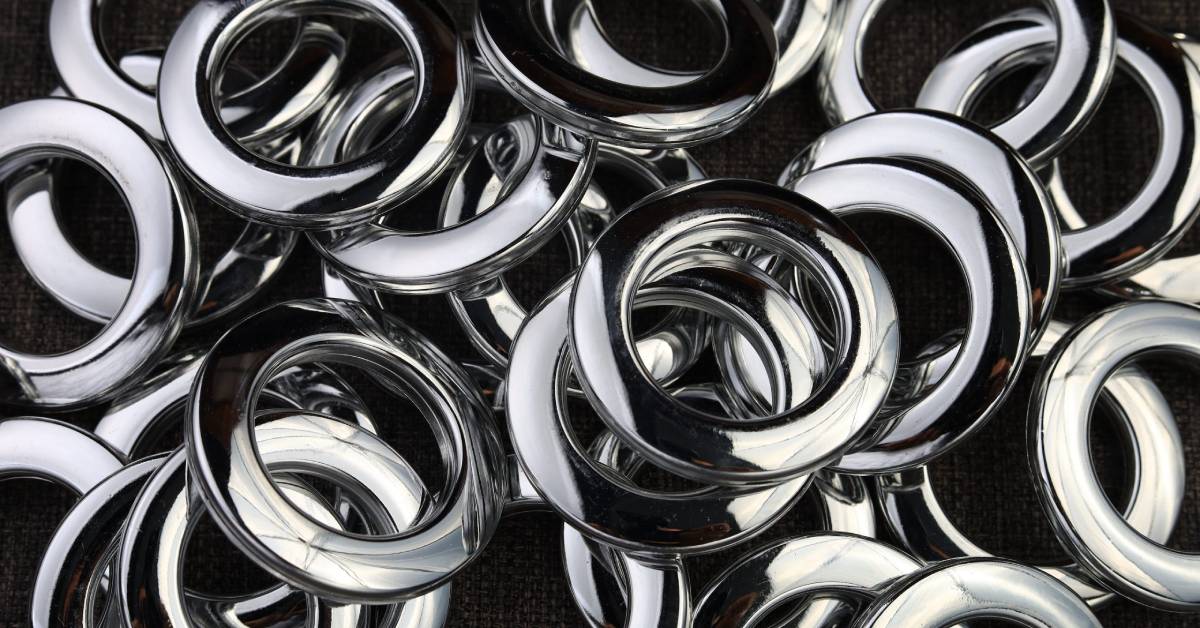Electroless nickel plating is a chemical procedure that uses a reducing agent to deposit a nickel layer onto a substrate without using an electric current. The process involves immersing the substrate into an aqueous solution containing nickel ions and a reducing agent, which reduces the nickel ions to metallic nickel on the surface of the substrate.
The reducing agent used in the electroless nickel plating process can vary. However, sodium hypophosphite, borohydride, and dimethylamine borane are frequently used. The reducing agent reacts with the nickel ions to form a film of metallic nickel on the surface of the substrate, the thickness of which can be controlled.
Benefits of Electroless Nickel Plating
Electroless nickel plating offers several advantages over conventional electroplating processes, making it a popular option for various applications.
Uniform Coverage
One of its primary advantages is the ability of electroless nickel plating to provide a uniform coating on complex shapes and surfaces, including the inner surfaces of pipelines and tubes. Traditional electroplating techniques necessitate the passage of an electric current through the substrate, which can result in irregular coatings on surfaces with intricate geometry. On the other hand, electroless nickel plating relies on a manageable chemical reaction to attain uniform coating thickness across all surfaces.
Corrosion Resistance
Corrosion Resistance
Electroless nickel plating can further improve a substrate’s corrosion resistance. Nickel is renowned for its superior corrosion resistance properties. In addition, Electroless nickel plating provides a uniform coating that acts as a barrier against corrosion, protecting the substrate from environmental factors such as moisture, chemicals, and abrasion.
Wear Resistance
The hardness of electroless nickel plating can be adjusted to suit the specific application, making it an excellent choice for providing wear resistance to a substrate. This process creates a coating of nickel that is harder than the substrate, providing a protective layer resistant to wear and tear caused by friction, abrasion, and other mechanical forces.
Chemical Tolerance
Electroless nickel plating can also provide a substrate with exceptional chemical resistance, protecting it from chemical reactions that could damage or corrode it. As a result of the procedure, the uniform coating creates a chemical barrier, making it ideal for applications involving chemical or environmental exposure.
Cost-effective
Electroless nickel plating is a more cost-effective alternative to conventional electroplating methods, particularly for complex shapes and surfaces. Traditional methods can make complex shapes and internal surfaces difficult and costly to electroplate. In contrast, electroless nickel plating can provide a consistent coating on all surfaces, making it an efficient and cost-effective solution for a variety of applications.
Conclusion
Electroless nickel plating is a standard manufacturing procedure for depositing a nickel layer onto a substrate without using an electric current. The method offers several advantages over conventional electroplating techniques, including homogeneous coating, corrosion resistance, wear resistance, chemical resistance, and cost-efficiency. These benefits make electroless nickel plating popular for various automotive, aerospace, electronics, and medical device applications.
Excel Plating is the top-rated electroplating company in Canada. We offer affordable, quality, and guaranteed Electroless Nickel Plating services. Contact us to book your appointment now!

